Dr. Nitin Singhal
Gall Bladder Cancer
What is Gall Bladder Cancer?
In gallbladder cancer, the abnormal cells multiply uncontrollably in a small pear-shaped organ found under the liver named the gallbladder that stores bile to aid in the digestion of fats. Since the gallbladder is located deep in the body, the cancers in this case are usually not detected until they are very late or infiltrate other body parts such as the liver and bile ducts.
This cancer is not very prevalent but more prevalent in individuals having gallstones, persistent gallbladder inflammation, porcelain gallbladder, obesity, or a family history of gallbladder disease. Symptoms may not present themselves at early stages, but as the disease advances, the patients may have abdominal pain, yellowing of the skin and eyes (jaundice), nausea, vomiting, loss of appetite, and unexplainable weight loss. Early diagnosis enhances treatment prognosis, and surgery is the principal therapeutic choice where the disease is diagnosed at an operative stage.
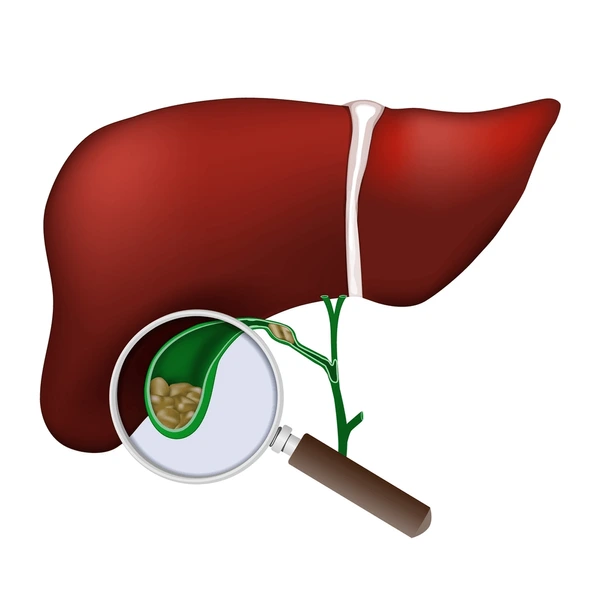
Happy Clients
Successful Surgeries
Patients Reviews Rate
Years of Experience
Types of Gall Bladder Cancer Surgery
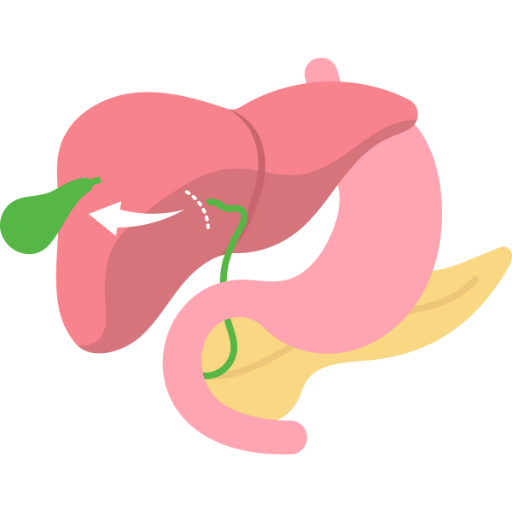
Simple Cholecystectomy
Removal of just the gallbladder, usually performed if cancer is detected incidentally at a very early stage.
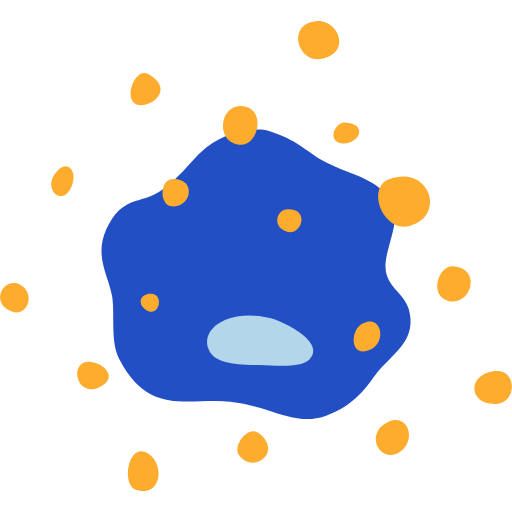
Radical Cholecystectomy
Removal of the gallbladder along with surrounding liver tissue and nearby lymph nodes to ensure complete cancer clearance.
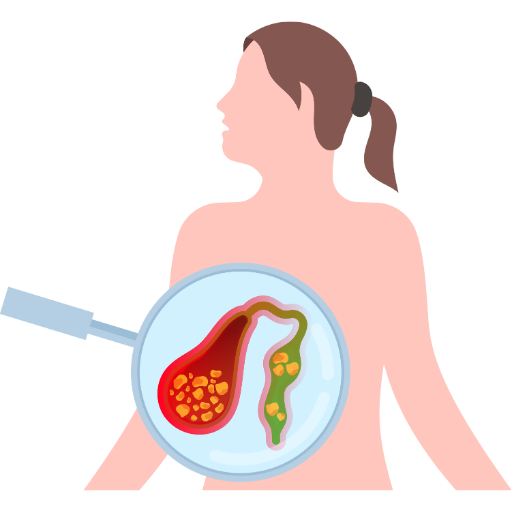
Extended Cholecystectomy
This extensive surgery that may include parts of the bile ducts, additional liver tissue, & nearby organs.
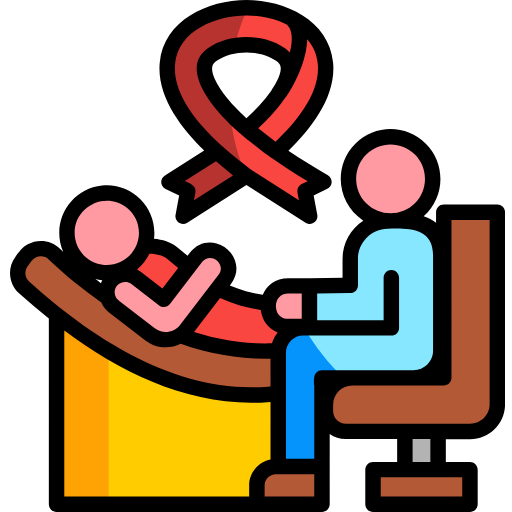
Palliative Surgery
Your Guide to Gall Bladder Cancer
The primary causes of gallbladder cancer risk are created by gallstones and inflammation in the gallbladder over a long period, which may result in recurring irritation and destruction of cells. Additional risk factors with significant importance are age (above 60 years), females, obesity, and family history of gallbladder disease. Individuals with porcelain gallbladder (wall of the gallbladder) and chronic infection of the gallbladder are also at increased risk.
Moreover, some lifestyle and environmental exposures are also contributing factors. Sustained abnormalities in the bile ducts, contact with industrial chemicals, genetic mutations and poor dietary habits can predispose them. Early detection of these risks will enable those people at high risk to be closely monitored to prevent care.
Gallbladder cancer is silent in most of its early stages, thus making it hard to detect it at an early stage. The symptoms are usually experienced when the condition develops, and they include pain in the upper right abdomen, nausea, vomiting, and the loss of appetite. Other symptoms of the condition include unexplained weight loss, constant bloating, or overall fatigue experienced by some patients.
The cancer may progress until it produces more severe symptoms. The disease may have transferred to the liver or the bile ducts, and this can be seen through jaundice (yellowing of the skin and eyes), dark urine, pale stools and the abdomen swelling. These are the higher stages of the disease that are normally seen in these advanced symptoms.
Surgery is the best method of treating gallbladder cancer, and it may include simple cholecystectomy for early disease or radical/extended cholecystectomy in case there is an involvement of nearby tissues and lymph nodes. Surgery is the most appropriate option for curing in case the cancer is found in time.
In advanced or inoperative disease patients, treatment changes to managing the expansion and alleviating the symptoms. Quality of life and survival can be enhanced using chemotherapy, radiation therapy, targeted therapy, immunotherapy, and palliative surgery. The multidisciplinary approach is the one that supports optimal results for every patient.
Benefits of Robotic Gall Bladder Cancer Surgery?

Faster Recovery Time

Low Risk of Infection

Lesser Scars

Less Discomfort After Surgery

Shorter Hospital Stay

Speedier Return to Daily Life
Why Choose Dr Nitin Singhal For Gall Bladder Cancer Surgery?
Dr. Nitin Singhal is a renowned Robotic and HIPEC Cancer Surgeon with 15+ years of experience and 5,000+ successful major surgeries. He specializes in advanced treatments for GI, thoracic, gynecology, urology, and hepatobiliary cancers. His precision, innovation, and patient-focused approach make him a trusted name in cancer care.

Expertise
Dr Nitin Singhal is a gallbladder and biliary cancer surgeon who carefully and accurately carries out simple cholecystectomy all the way to a complex resection.
Infrastructure
Dr Nitin Singhal works in hi-tech cancer centres in Ahmedabad, with robots, HIPEC and multidisciplinary tumour boards to treat patients in a holistic manner.
Technology
He is a pioneer in robotic and minimally invasive surgery, thus making sure that the procedures are safer, recovery is quicker, and the outcomes will be better with new oncology protocols.
Commonly Asked Questions
Is cancer of the gallbladder curable?
Gallbladder cancer can be curable if detected at an early stage when the tumour is confined to the gallbladder and has not spread. Surgery, such as cholecystectomy or extended resections, offers the best chance of cure. However, most cases are diagnosed late, which reduces curability. With advancements in robotic surgery and oncology care, survival rates are improving. Early detection and timely surgery remain the key to curability.
What is the success rate of gallbladder cancer surgery?
The success rate of gallbladder cancer surgery largely depends on the stage of cancer at diagnosis. In early stages, surgery can achieve long-term survival in a significant percentage of patients. Advanced-stage cancers have lower success rates due to spread to liver or lymph nodes. With modern techniques like robotic surgery and HIPEC, outcomes are improving. Overall, success rates are highest when the disease is detected early and managed by an experienced cancer surgeon.
What is the last stage of gallbladder cancer?
Does gallbladder cancer spread quickly?
Yes, gallbladder cancer is known to spread relatively quickly due to the gallbladder’s thin walls and proximity to the liver and bile ducts. The disease often invades nearby organs before symptoms appear, making early diagnosis challenging. Once it spreads, treatment options become limited and more complex. This aggressive nature is why many cases are detected at advanced stages. Regular checkups and awareness of risk factors can help in earlier detection and better outcomes.
Get In Touch!
We provide a 24*7 emergency care
If you have any kind of robotic cancer surgery-related medical emergency, visit Sterling Hospital. An expert doctor is always available & treatment will be provided at once.
